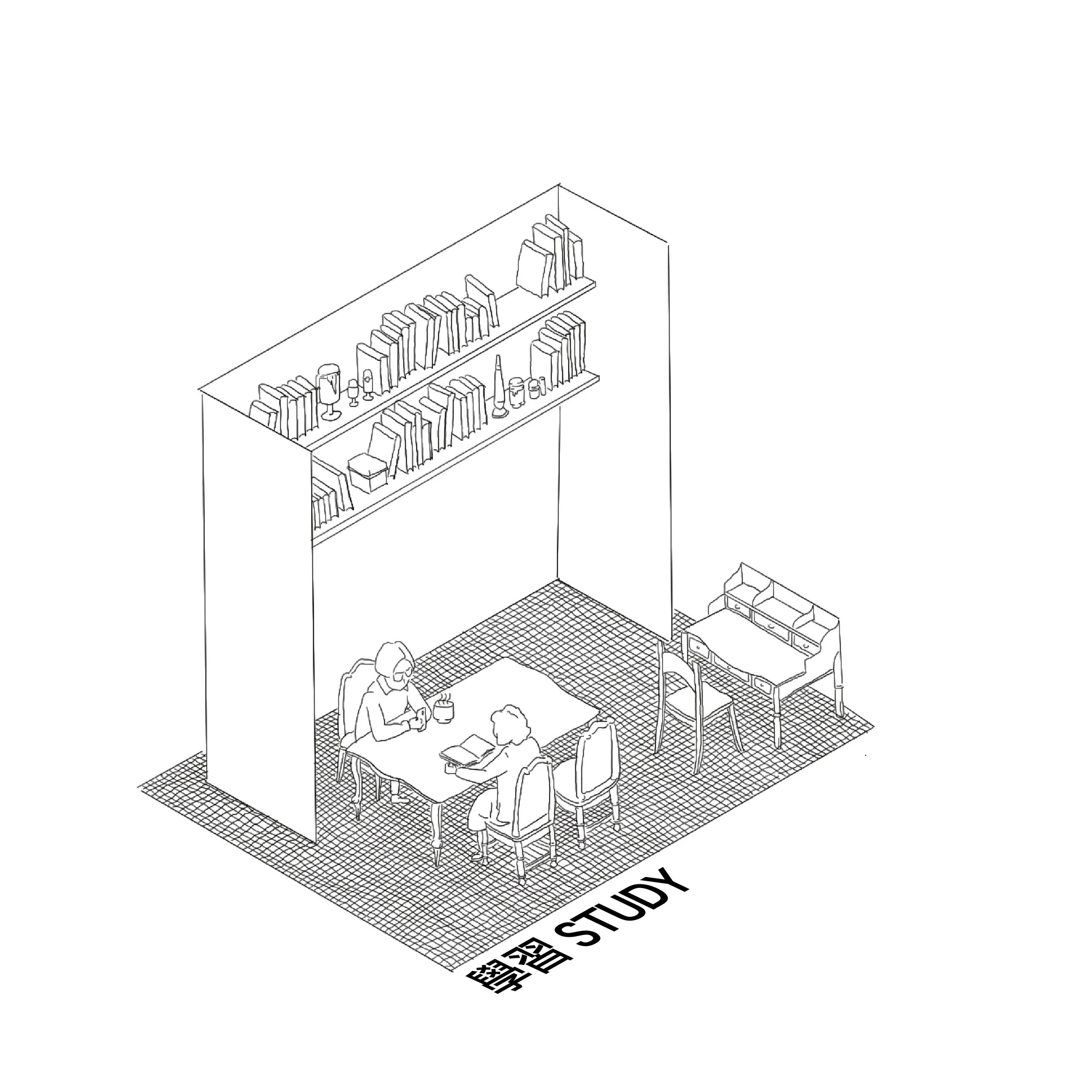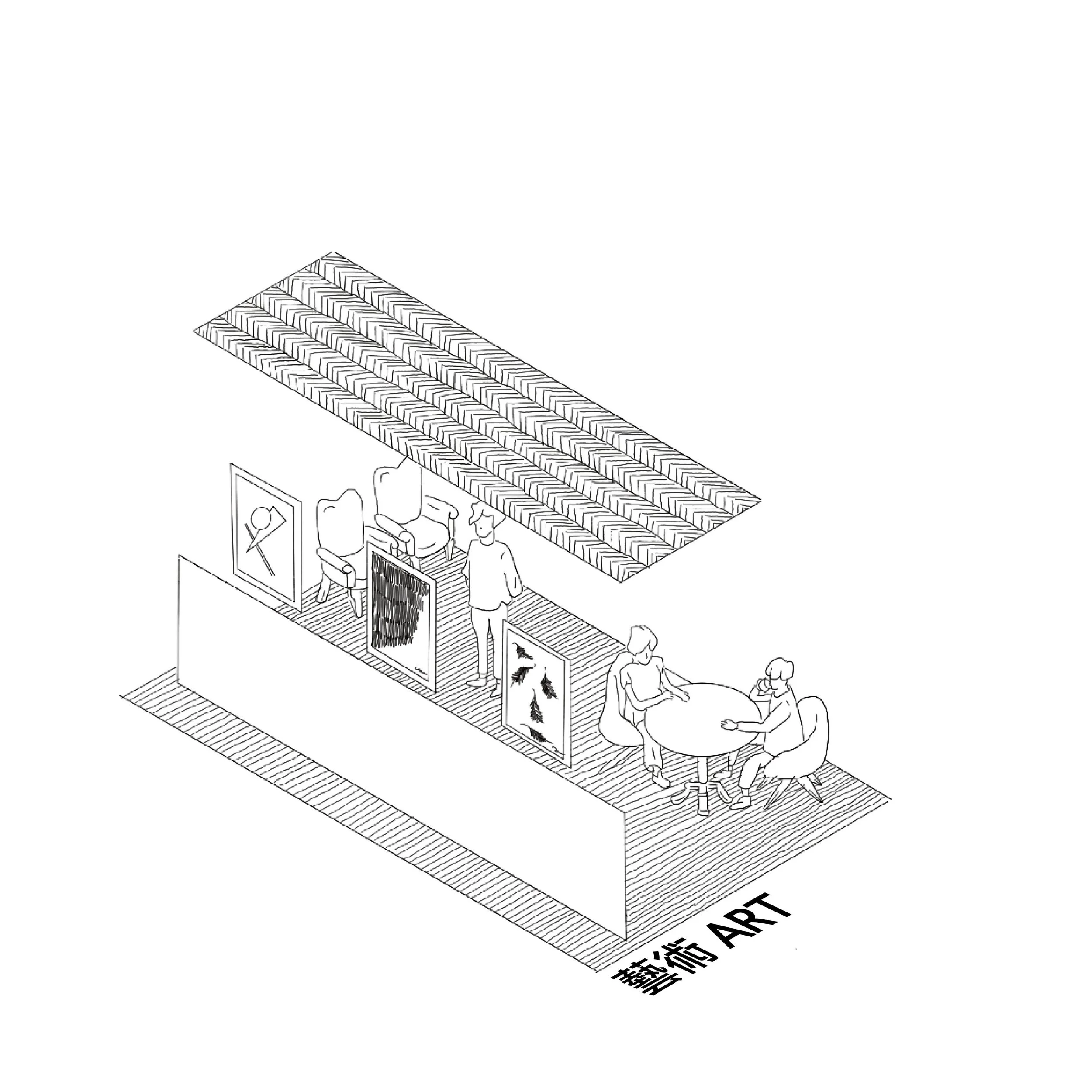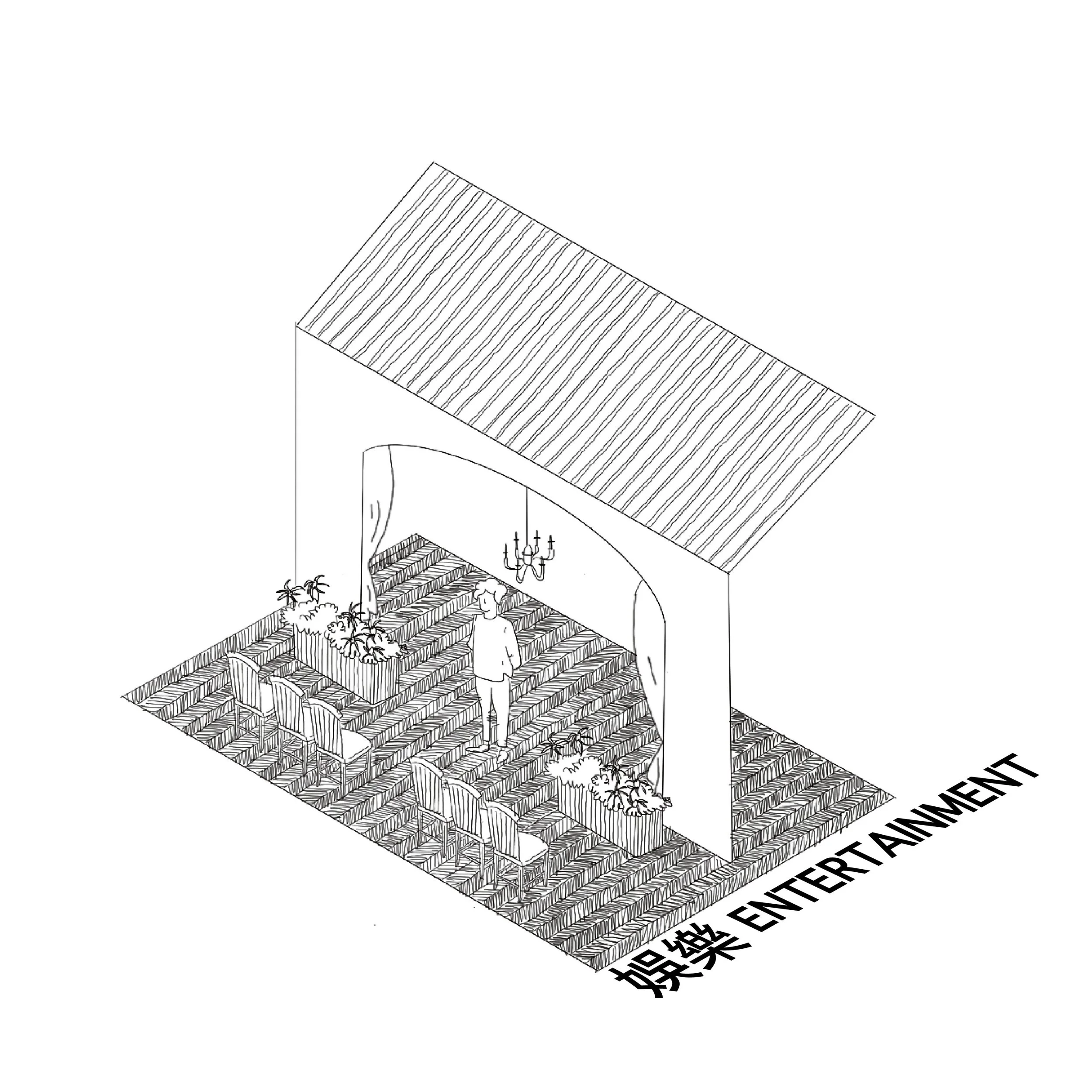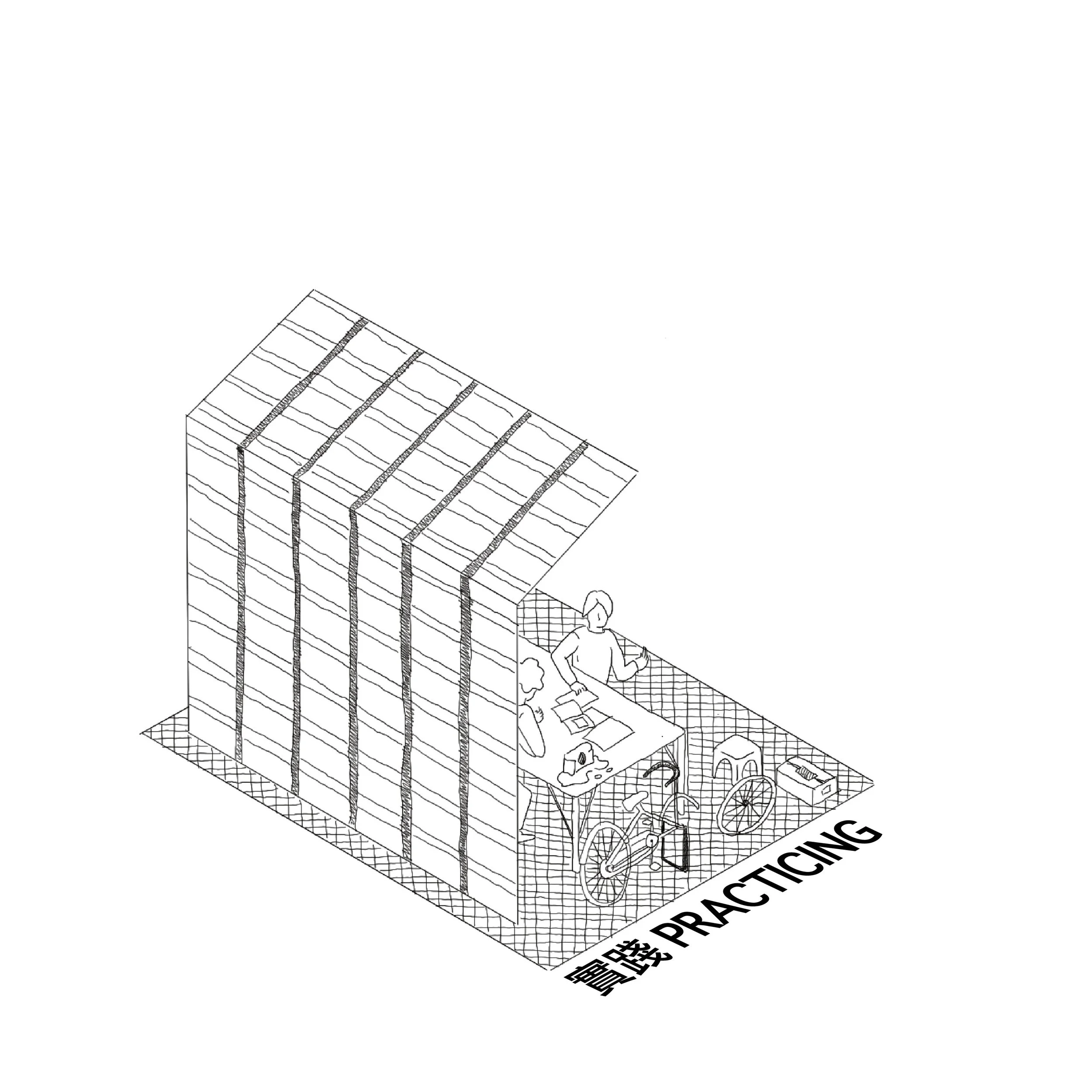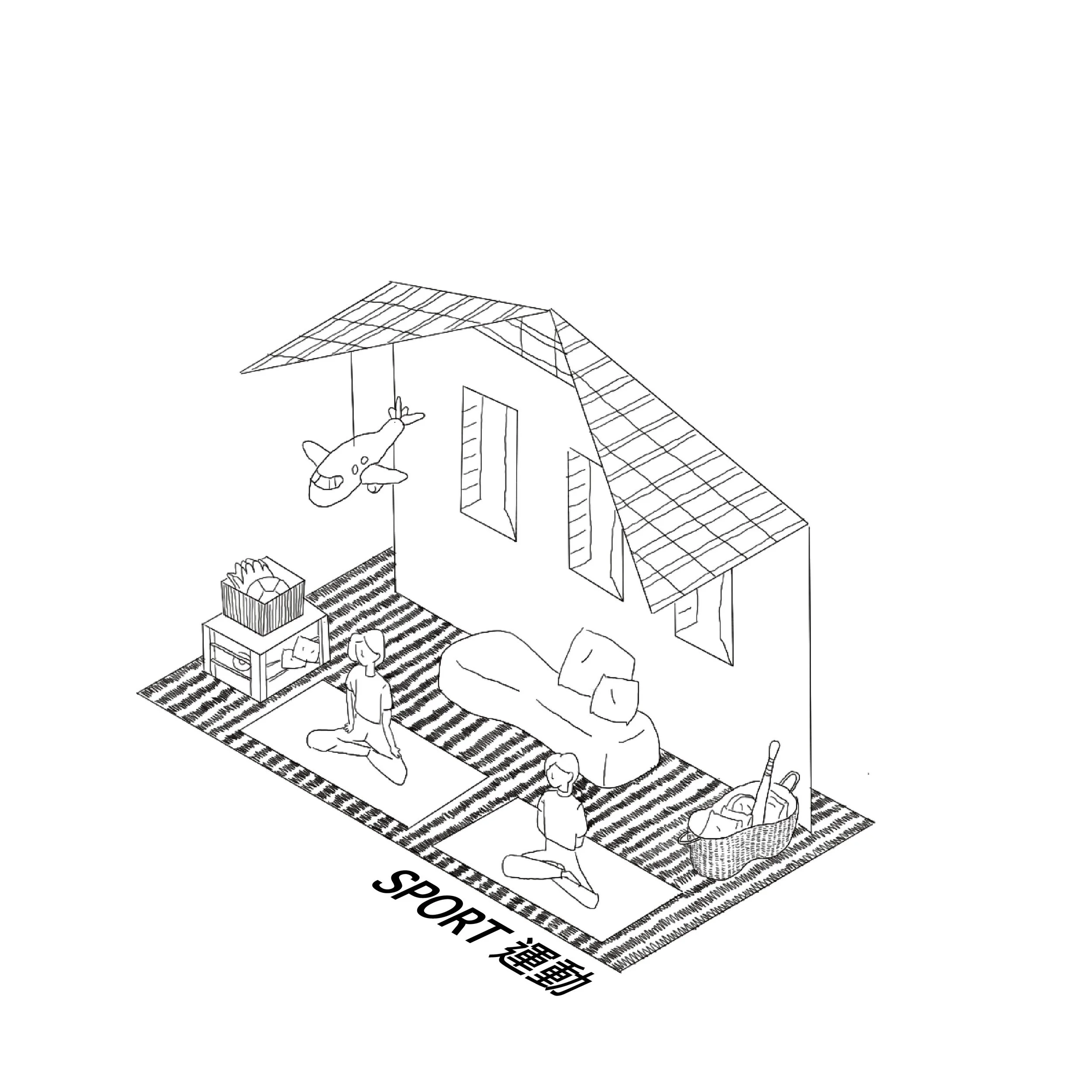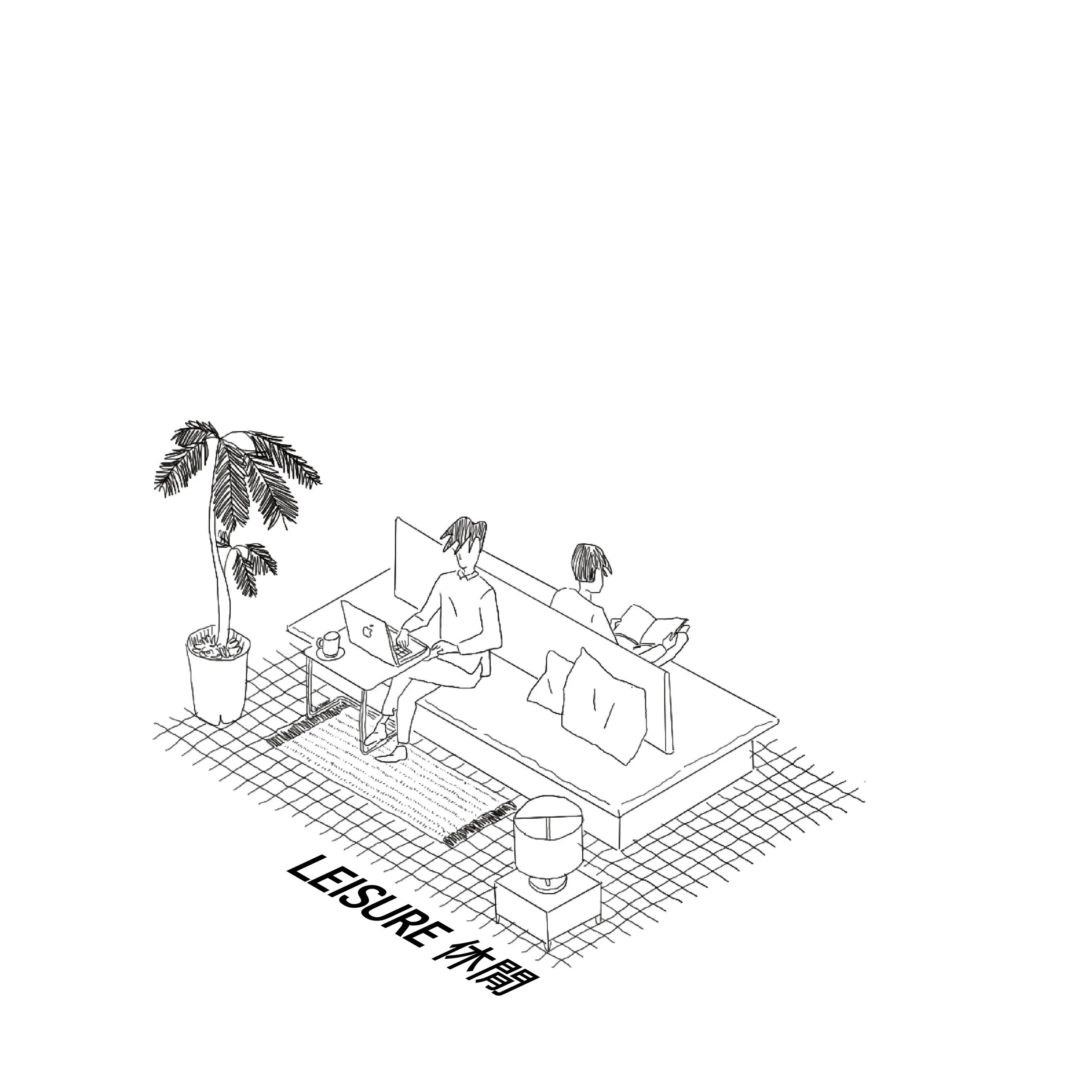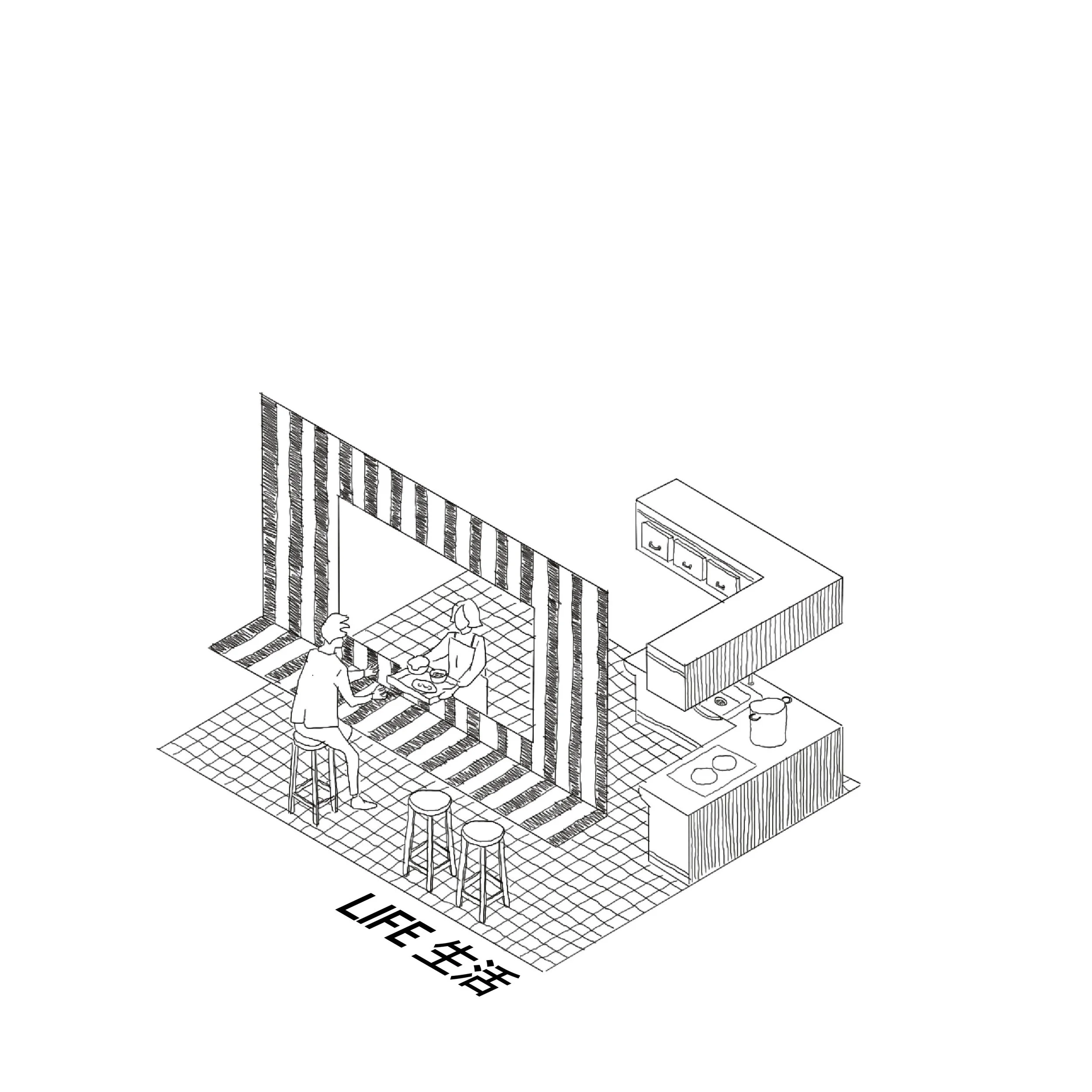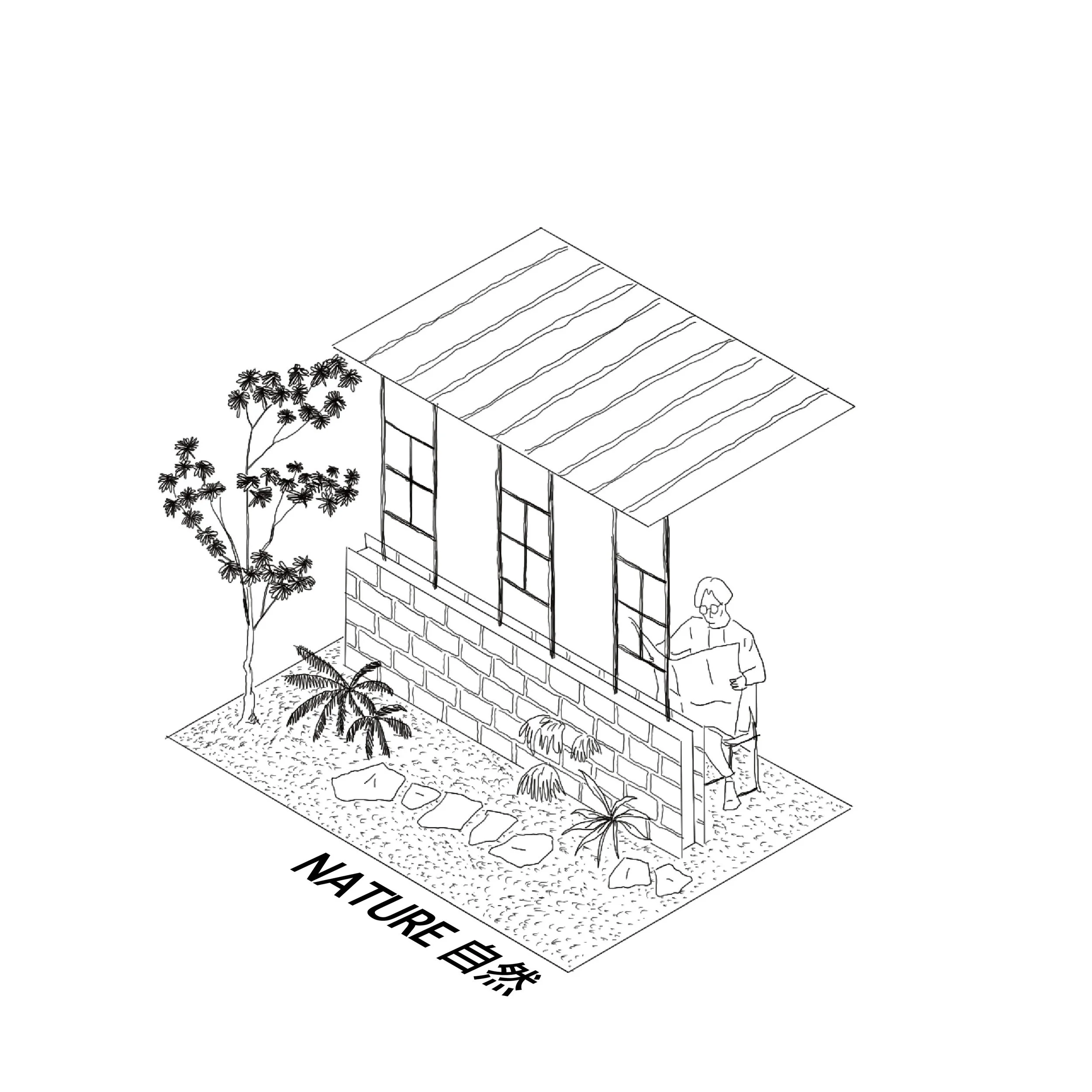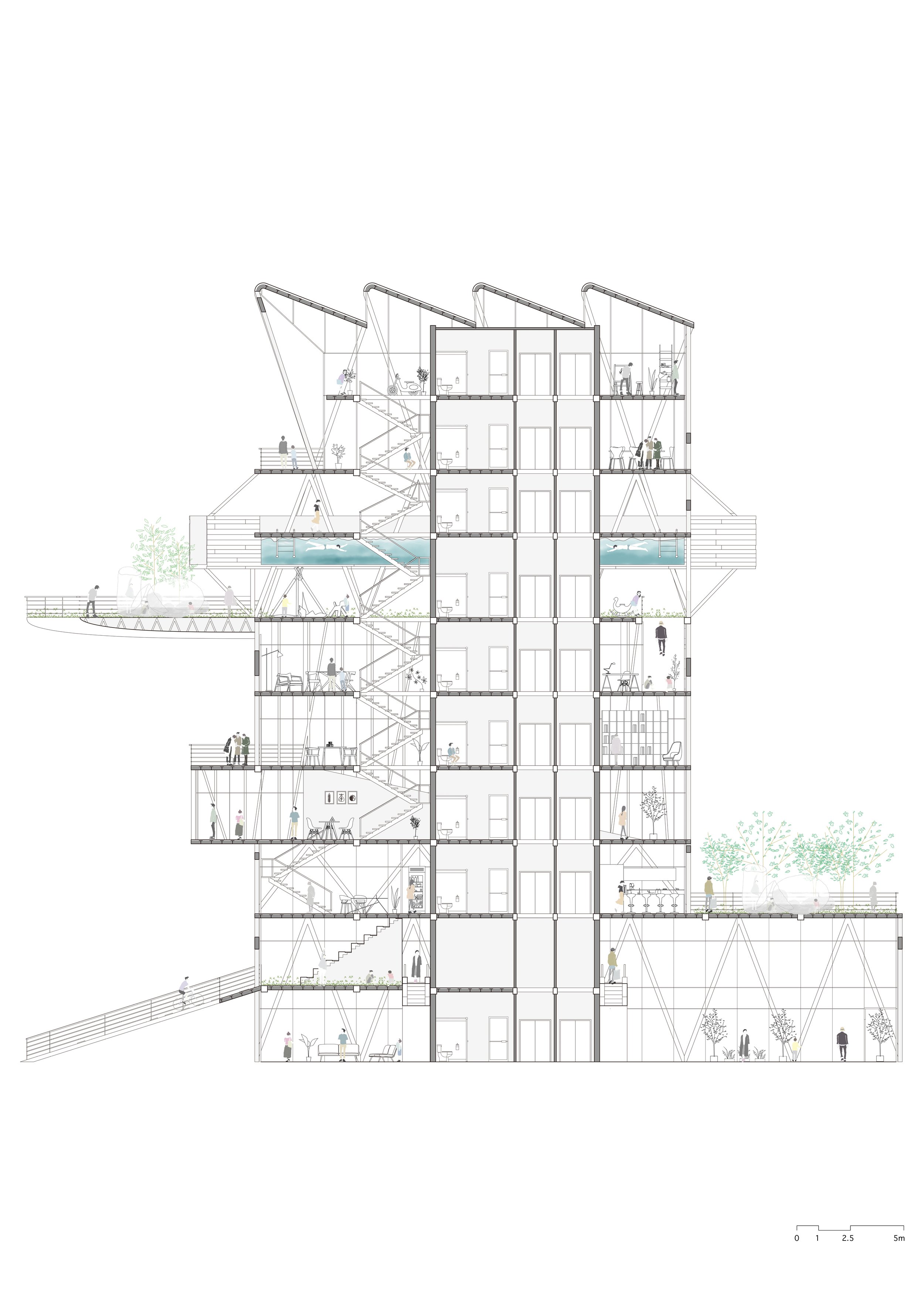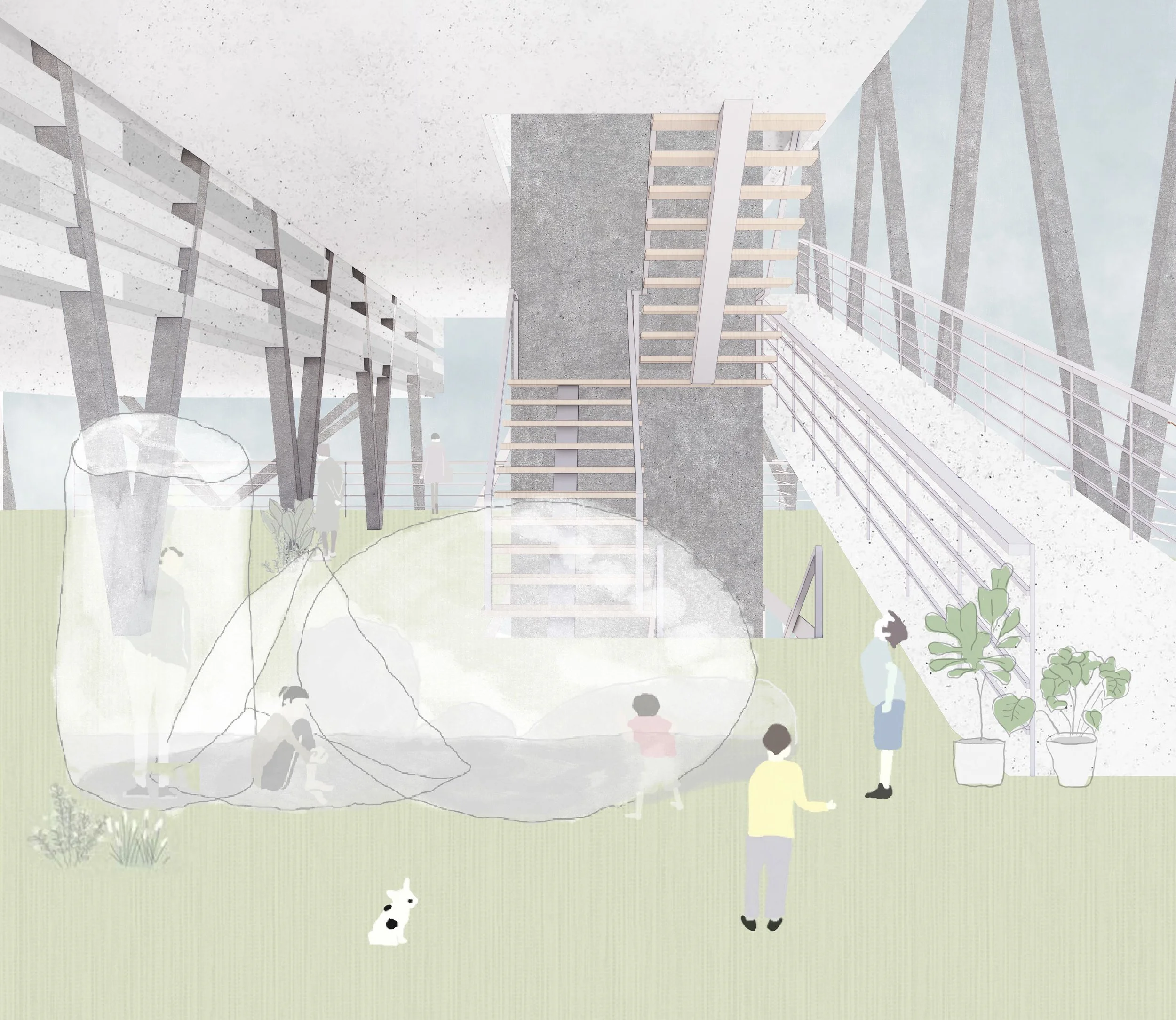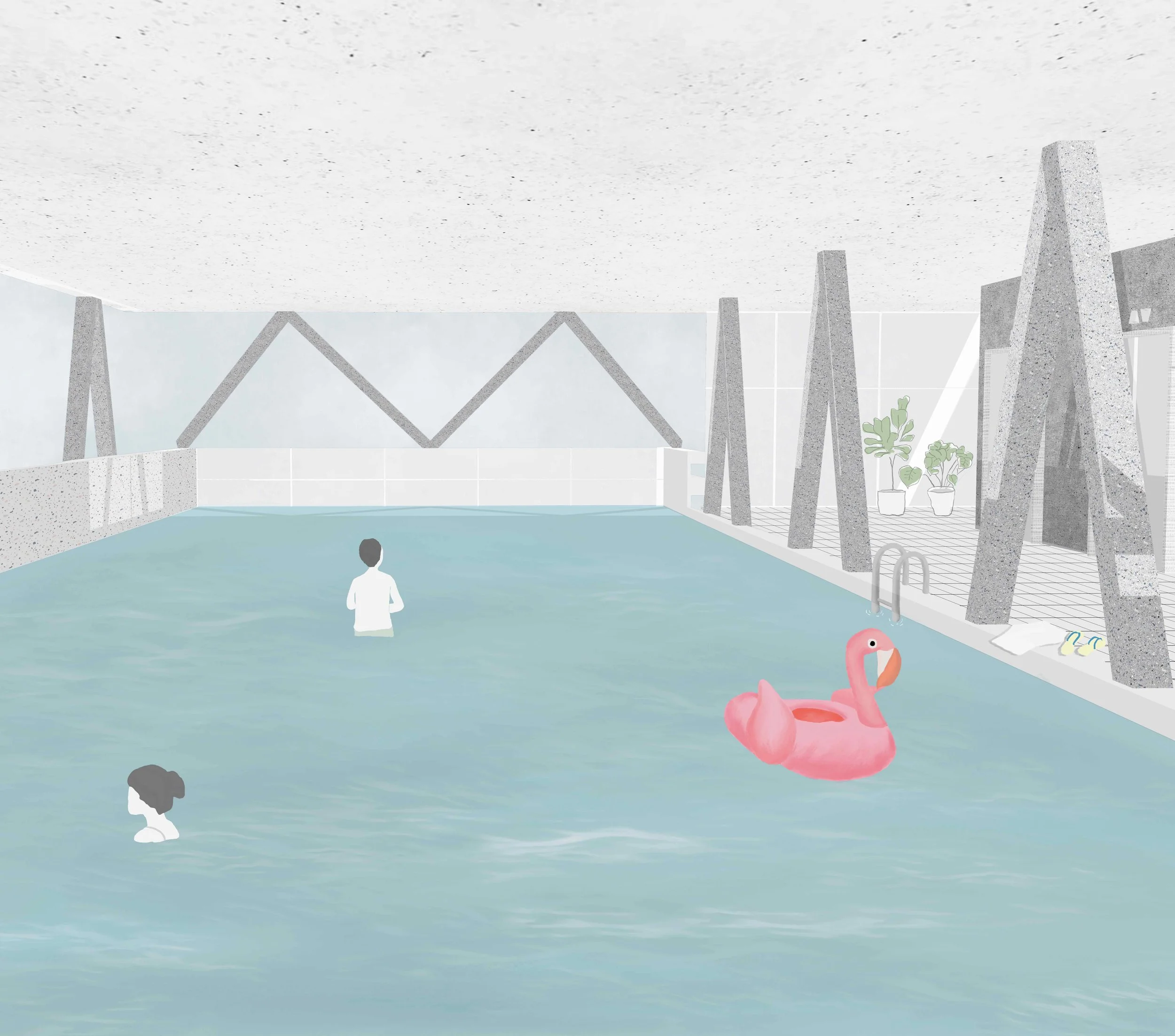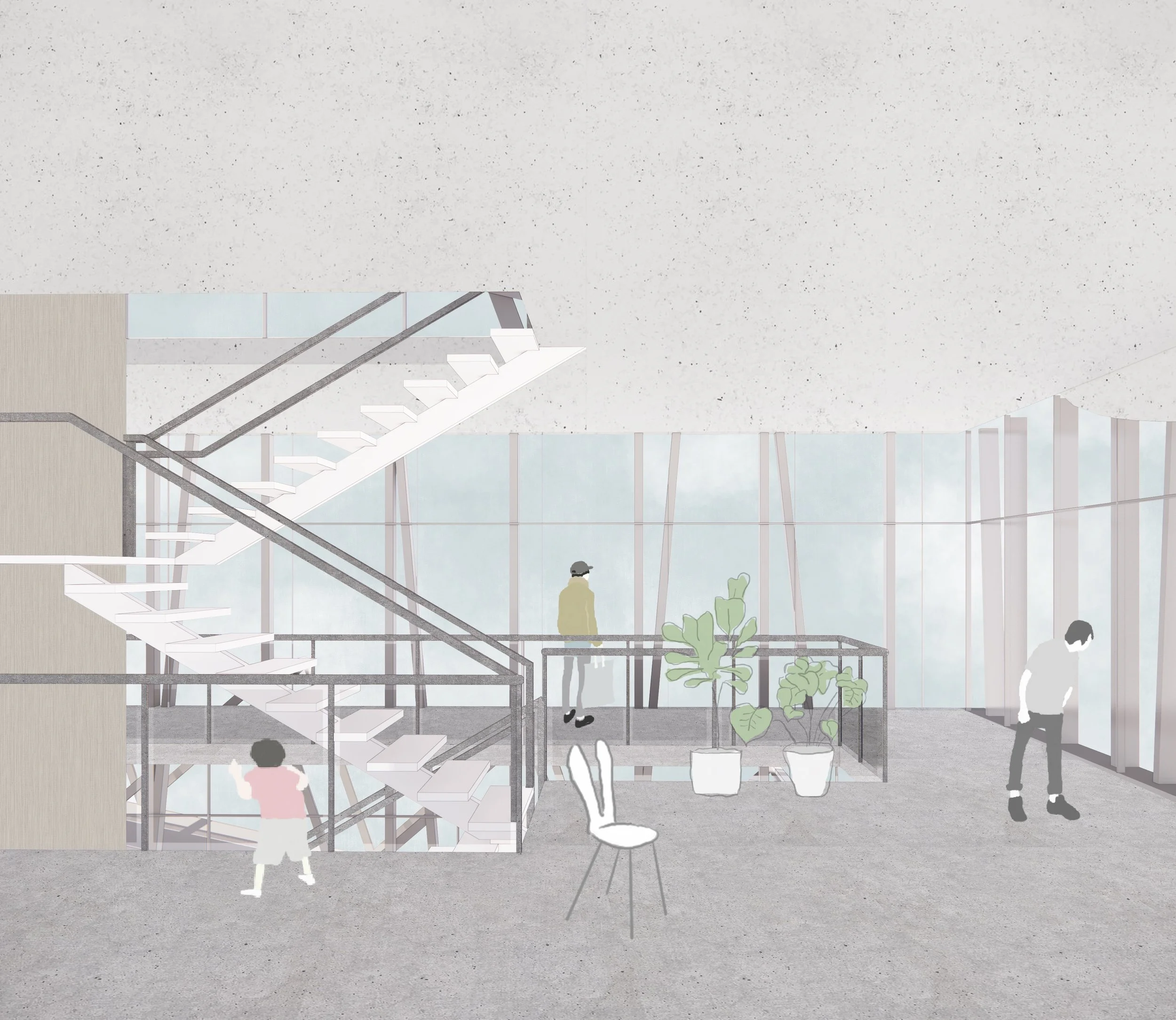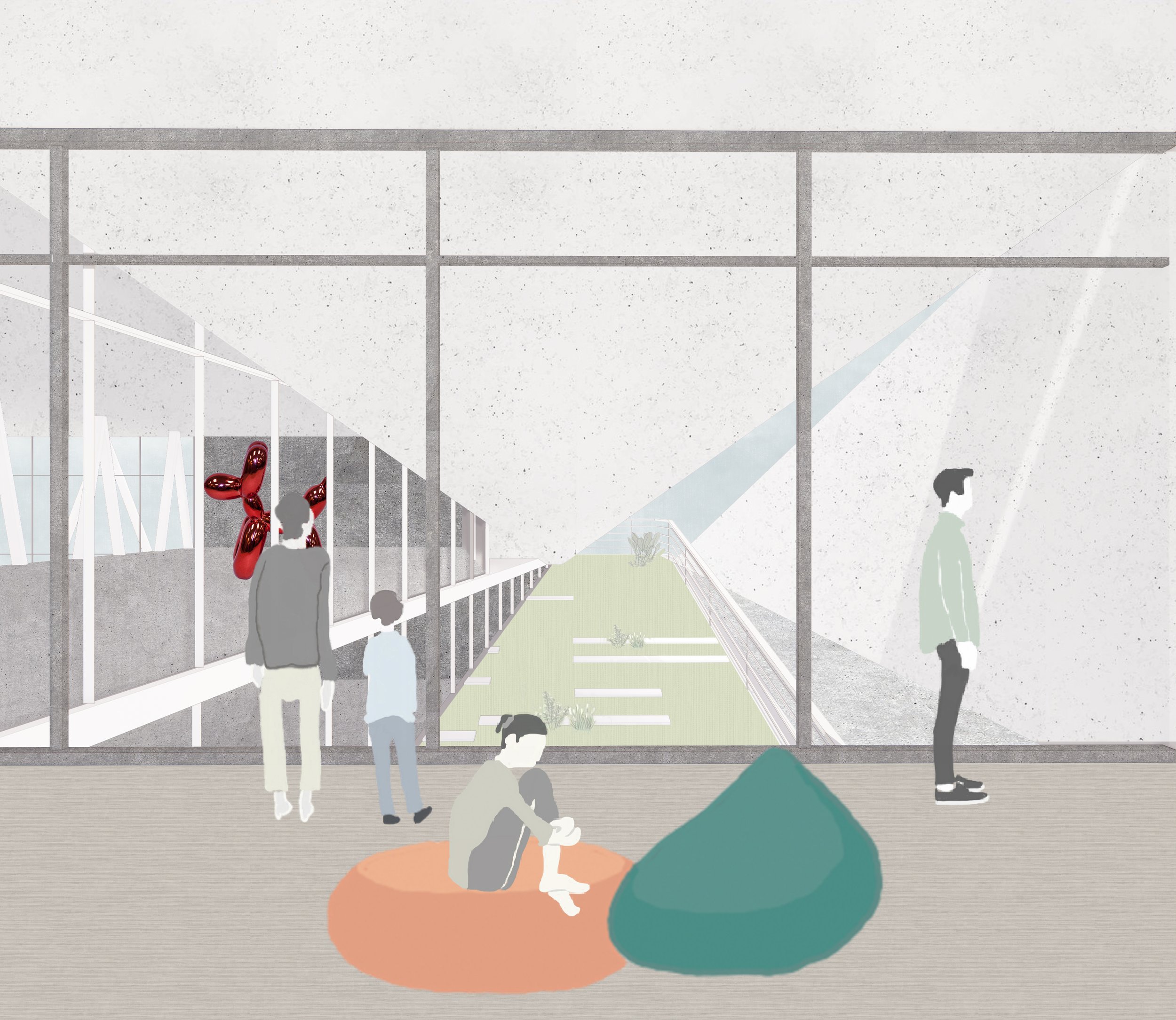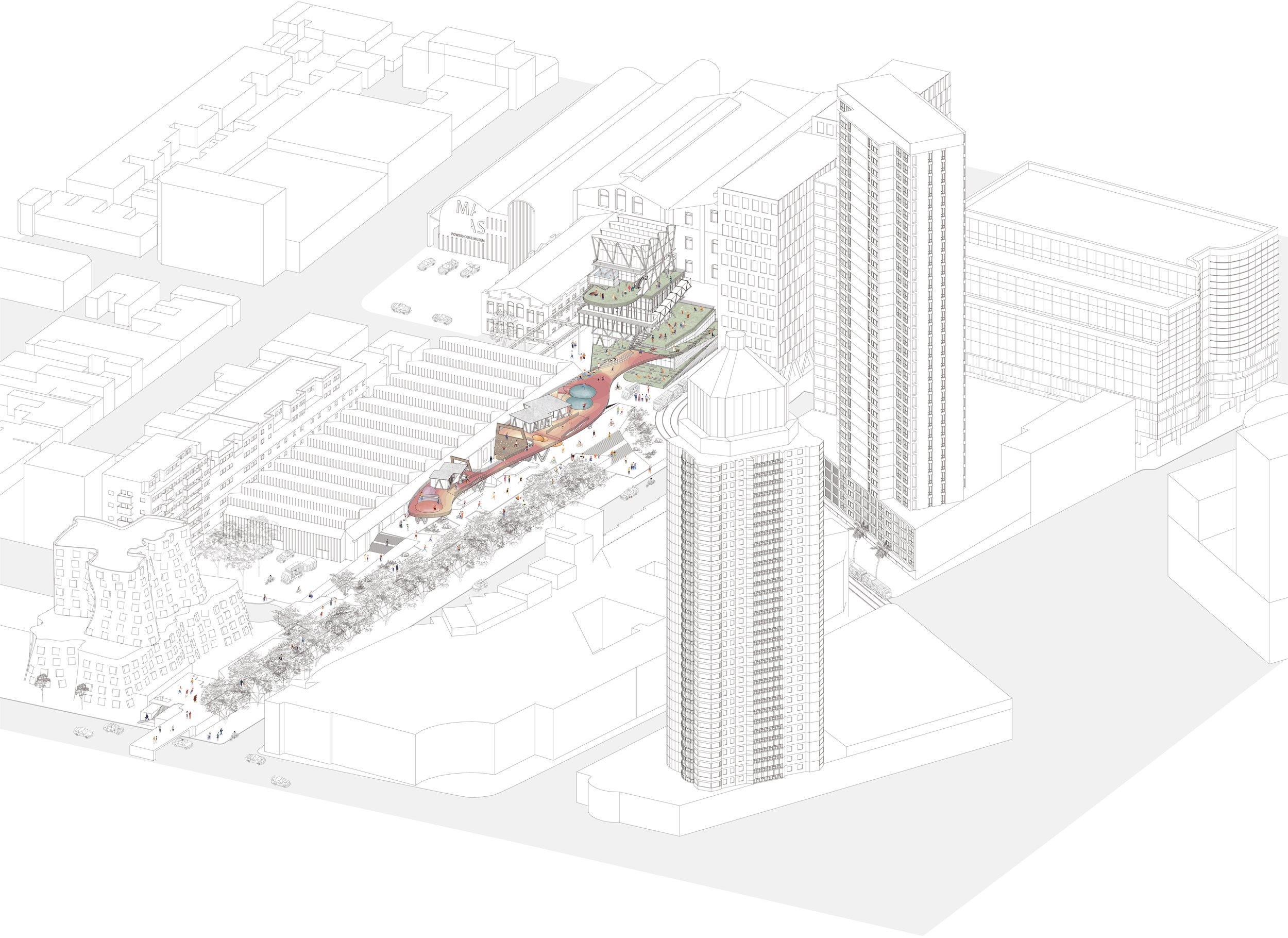
Rem Koolhaas initially raised the term Programmatic Clusters in his project for Seattle Public Library as a response to a vast proliferation and incredible intricacy of programming taken from diverse social roles in various timescales. This was then further calibrated in his Axel Springer Campus by screwing down the proportion of formal and informal programmes to 3:1 to enhance spatial integrity while enabling the resilience of the system. In this project, functionalities are deliberately curated based on eight critical programmes and sorted out by different parameters, from accessibility to acoustic conditions. Minimal spatial compartments dedicate to and are equipped for programmes so that flexibility can exist from grouping. Clusters' arrangement is more on the basis of their connectedness to the urban context and other programmes to set up a network of the building life. The open programmes serving for purposeless visiting are arranged on main pathways to direct circulation, while the private and formal programmes are set as destinations.
JENGA - Urban Without Form: S M L - A Catalog of Community Space
> Project Type: Academic
> Location: Ultimo, Sydney
> Instructor: Anita Panov
> Year: 2020
> Role: Individual Work
The urban condition is entangled with accretions of occupation. It is neither continuous nor infinite or homogeneous. These ever-evolving spatial and temporal networks make the experience of the city so exciting and potent.
In this studio, we designed a community centre between The Goods Line (Sydney version of The High Line) and Powerhouse Museum, with the process more akin to that of the urban designer. It started from learning where the city broke off, where it curved, where it disconnected and came together. These were then interpreted as Shearing Layers (Steward Brand, How Buildings Learn: What Happens After They are Built, 1994) in architectural language to accommodate the unstable and unforeseeable combination of simultaneous activities in various timescales.
In the analogy of playing Jenga games, this project started with a deconstruction process by breaking down the unitised object into orders of operable parts for further reviewing their inner relationships. The juxtaposition of multiple programmes sharing commonness in one minimalistic space enables resilience to unpredictable events. In the vertical direction, various patterns between programmes make the tower not just a tedious repetition of identical plans but strive to be an extension of the urban context. Jenga's strategy is embedded with the critique of redundant blocks so that these patterns are legible in structure and form. In this way, the form will be regarded as the confession of the spatial order rather than the initiative.
Without Form is a little tongue-in-cheek. There is no architecture without form, but what we are interested in this project is a potential realignment of priorities. By putting ourselves in an emerging and exciting urban situation, the initiative is to develop a lucid and experimental design proposition based on the close observation and analysis of that urban condition and an understanding of the history of city-making.
Shearing Layers
In a garden, different plants with their own inherent space and time cycles tend to be staggered to create infinite complexity in a broader ecosystem. Over time plants thrive or die, seasons change, soils evolve, we enjoy the fruits of our endeavours. Always in a state of change, the garden remains forever new and appropriate. In disciplines parallel to architecture, Layers of the longevity of built components are conceived to accommodate programmes, which are arranged to allow maximum adaptability for different timescales.
Layers are the narrative of programmes in spatial form. As there would never be a program which is plain and unchangeable, we cannot expect a single layer to represent the spatial identity. Taking study as an example, it includes broad range of behaviours from casually reading near open nature to rigorous research in an enclosed space. There is a transition of formality behind each program to be expressed by multiple layers and amenities in defining space. Their recombination based on time would create stunning vitality to tower life. Versatile activities under a mutual program would enable meaningful encountering and interactions, and calculated complications in circulation can get rid of the secluded feeling in traditional tower space.




